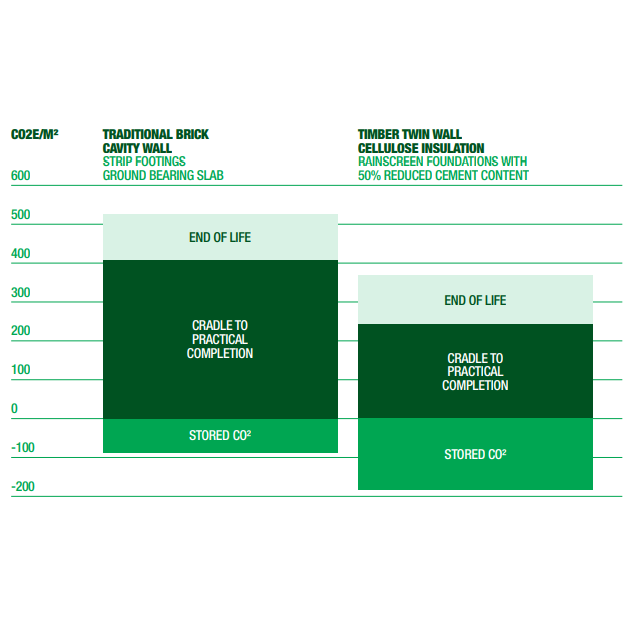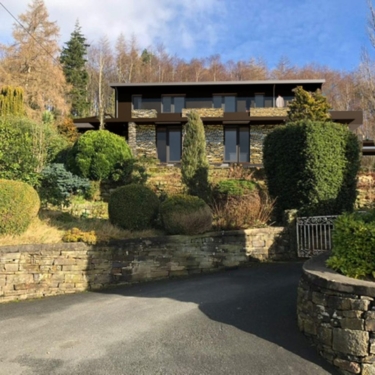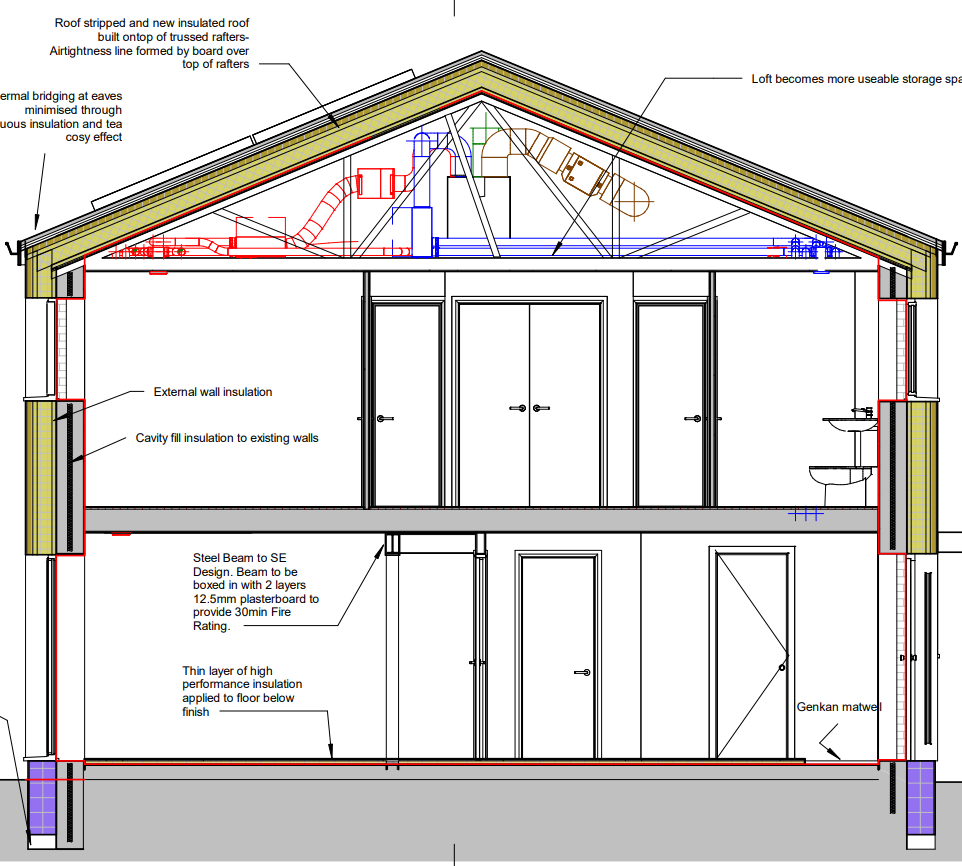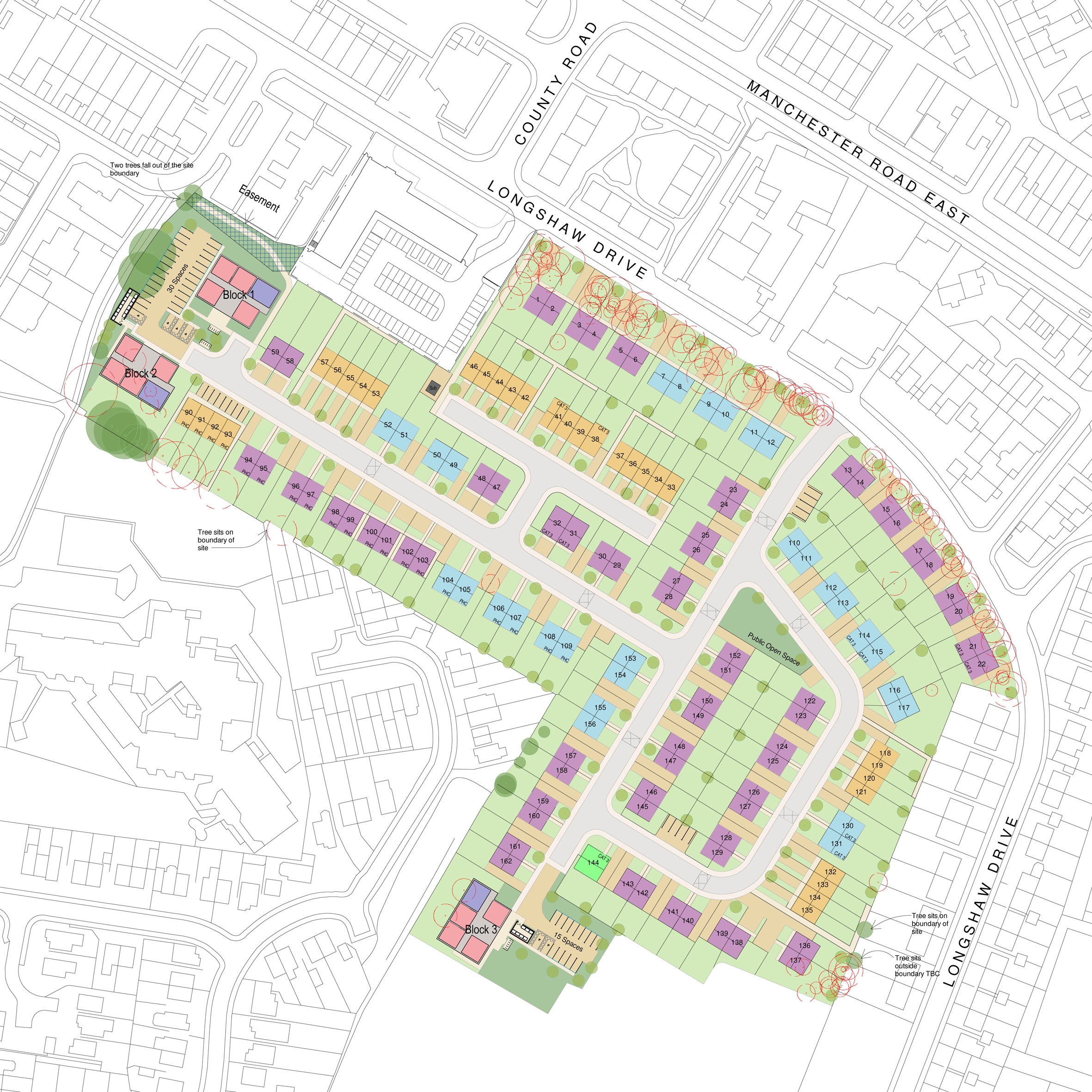phi Low Carbon can provide calculations for Whole Life carbon based upon the RICS methodolgy Whole Life Carbon for the Built Environment which covers Cradle to Practical Completion (A1-A5) Operational Energy Use (B1-B5) and End of Life (C1-C4)
We use PH Ribbon, an add on to the PHPP which uses the data inputed to calculate the embodied carbon of the construction materials and services.
The lifetime operational carbon is simply extrapolated from the energy demand calculations based upon the carbon intensity of the energy source that is used.
Our approach to reducing embodied carbon is to:
Achieve more with less.
If you can achieve the same aims using less material, then that is the first step to lowering the embodied carbon of a building. It can also have the added benefit of reducing construction costs. This can be done by.
Build with a good form factor. A building with a lower form factor will use less material to enclose the same internal area.
Optimise performance through good design. This means not over engineering the structure or the building services,
Avoid waste. A lot of construction materials can go to waste. Good scheduling and management can avoid a lot of this. Employing Modern Methods of Construction (MMC) can also be a means of reducing waste.
Where there is a choice of materials or products, choose the one with a lower embodied carbon over the building’s lifetime. It is important to choose materials that are robust, fir for purpose and that will last.




